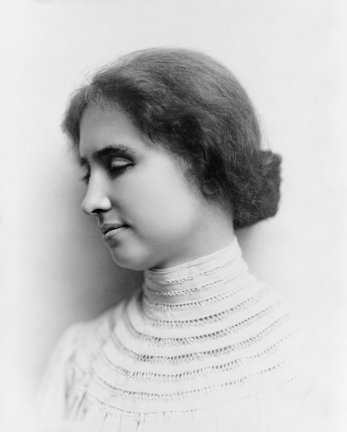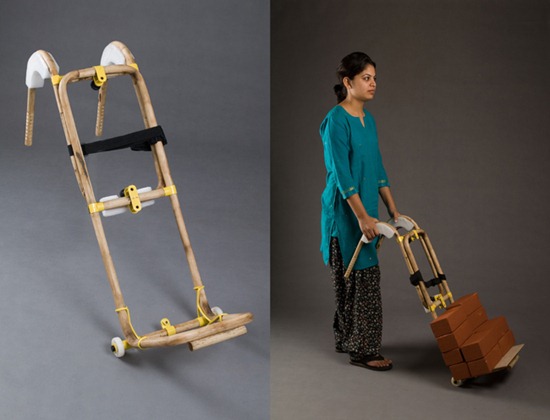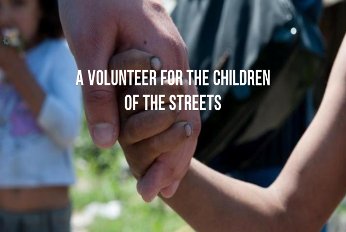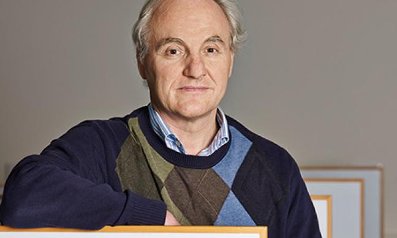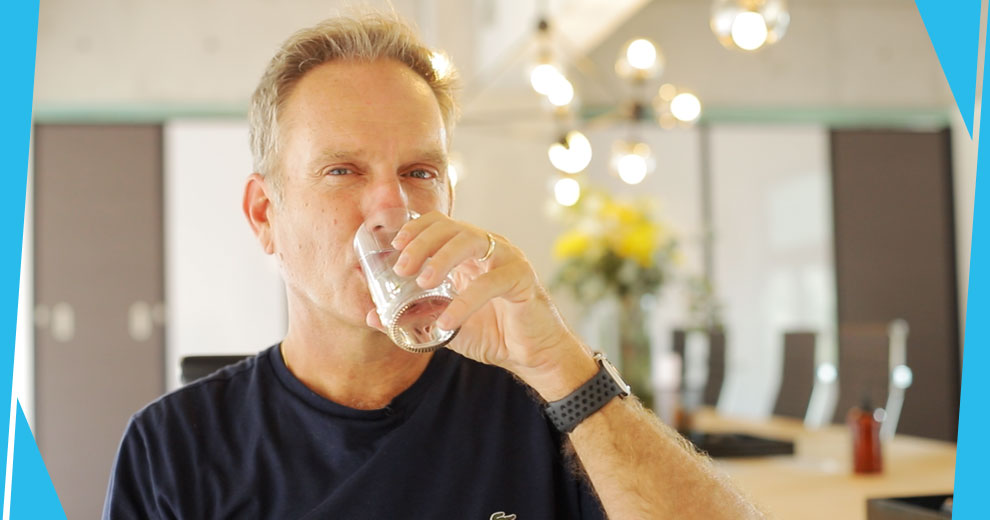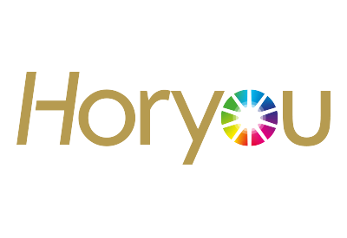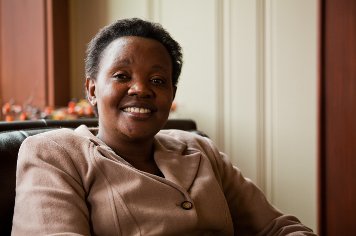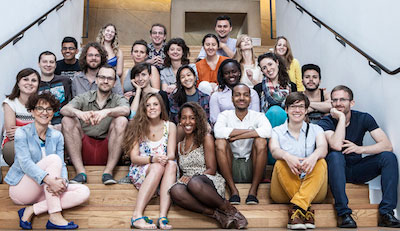The majority of the 1.5 billion people living on 1 dollar a day or less are women. In addition, the gap between women and men caught in the cycle of poverty has continued to widen in the past decade, a phenomenon commonly referred to as “the feminization of poverty”. Worldwide, women earn on average slightly more than 50 per cent of what men earn. Women living in poverty are often denied access to critical resources such as credit, land and inheritance. Their labour goes unrewarded and unrecognized. Their health care and nutritional needs are not given priority, they lack sufficient access to education and support services, and their participation in decision-making at home and in the community are minimal. Caught in the cycle of poverty, women lack access to resources and services to change their situation. Empowering women is a critical factor in freeing the millions of people who are caught in the cycle of poverty and hunger. By providing women with access to economic and educational opportunities, as well as the autonomy needed to take advantage of such opportunities, an important obstacle to poverty eradication would be overcome. The provision of credit, especially micro-credit, has become a very popular and successful strategy for poverty eradication. According to the United Nations Development Programme’s Poverty Report 1998, at present some 10 million women around the world are reached by systems of small loans. The Beijing Platform for Action also called on countries to “undertake legislative and administrative reforms to give women full and equal access to economic resources, including the right to inheritance and to ownership of land”. However, progress in this area has been slow. Only a small number of countries — including Bolivia, Malaysia, Tanzania and Zimbabwe — have changed their laws to make it possible for women to inherit land. Through the eyes of the single women
Related Articles
visit the Good News Network
one century of impact
India, a laboratory for all kinds of innovation
John Elkington on things that need to be done (and some things that should not continue being done) in India
A volunteer for the children of the streets
The work of Museum of Solidarity
the story of a boxer and how he gave back
What is an altruistic punishment?
the way cooperation really works and the work of Ernst Fehr
How can we solve the growing water crisis?
Philip Wilson and the EcoFiltro solution
Yonathan Parienti and the social network Horyou
the projects of Life in Abundance International
meet the Humanity in action
![]()
STAY IN TOUCH
SUBSCRIBE TO OUR NEWSLETTER
AND RECEIVE OUR LATEST STORIES


